Happy Thanksgiving from all of us here in Antarctica. We will celebrate tomorrow, our Saturday, when our galley is hosting a feast for all 1200 of us here on station. The WATER DROPs will watch over us and you'll all be in our hearts.
This will be a special weekend for us as well as it is the one and only weekend that all members of ICE AGED will be together. Paul and Dustin arrived on yesterday’s plane and they are now working on their training and preparing to work with Bob on a separate project.
The rest of us are figuring out our schedules as it looks like some of us will be leaving quite a bit earlier than planned. After two months of long days, especially for the SCINI crew, we have finished most of our work early! We have found, photographed, and analyzed most of Paul’s experiments and, with only a few dives and SCINI missions left, we will soon be packing and making our preparations for our journeys home. The first leaves one week from today!
While we are still collecting the last of our seafloor data, we've also had the chance to study different sorts of places here on this icy continent. On Tuesday, Julie, Stacy, Kamille, Kevin, and I took a big cluster of 14 WATER DROPs from various 4-H clubs on an expedition to the third historical hut in the area that happens to have a penguin rookery right in front of it!
Let's start with the hut and a bit of the history of Antarctic exploration.
Can you name at least three famous Antarctic explorers? What did they do?
What did they endure?
How did they survive?
What do you remember about the three historic huts here in our region?
If you go north from McMurdo, along the coast of our Ross Island, you quickly reach Hut Point and the first hut, the oldest, Discovery hut. This was the one used more as a storage area for the first expedition which included Scott and Shackleton working together to reach the furthest point south until then. It also housed the stranded Ross Sea party that was battling starvation, scurvy, and frostbite in order to lay depots for Shackleton’s Trans-Antarctic expedition.
Proceeding on, another 17 miles or so and you reach Cape Evans with the youngest hut, the Terra Nova Hut. This was the one used by Scott when he set out and reached the South Pole, sadly coming in second and then dying in his tent on the return.
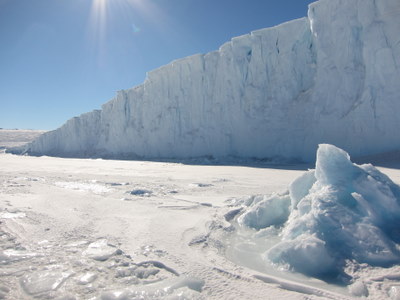
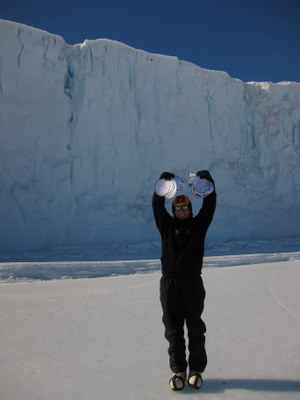
A few miles beyond, about 20 miles north of our research station lies Cape Royds with Shackleton’s hut as well as the second attraction, the Adelie Penguin rookery.
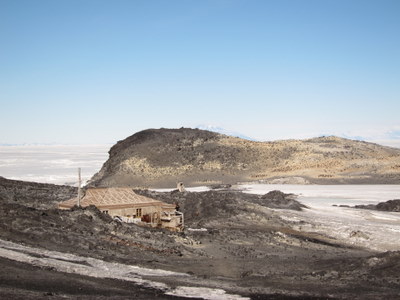
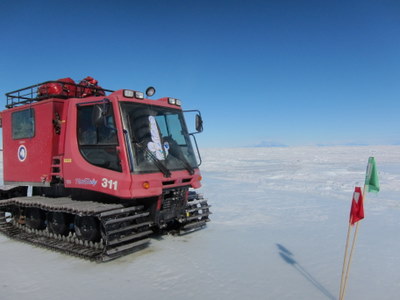
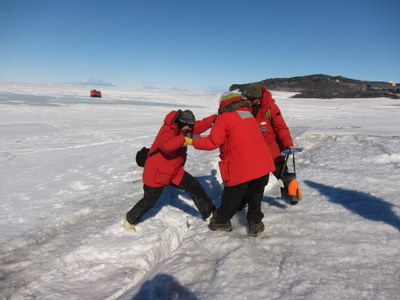
This hut was built in February of 1908 by Shackleton and his men from the Nimrod expedition and several firsts happened here. Most importantly, Shackleton and his men of the Nimrod expedition reached the furthest point south up to then. Coming to within 100 miles of the Pole, the men wisely turned back when they realized they did not have enough supplies to get them home to the hut safely.
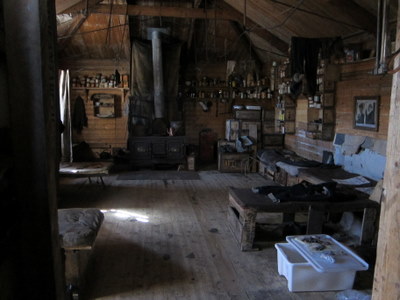
Shackleton’s group was also the first to reach the South Magnetic Pole.
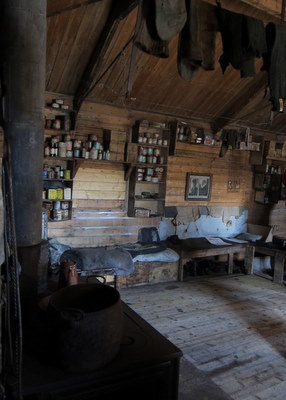
On top of that, his group had the first ascent of Mt. Erebus.
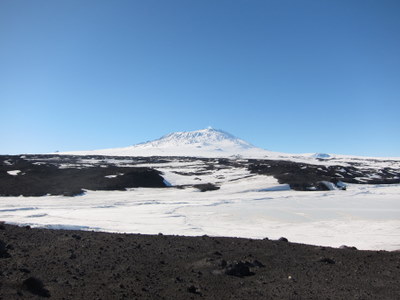
A few other firsts happened here as well: the first book (Aurora Australis), written and printed in the Antarctic, was published here in 1909. 30 copies of the book were first produced here by all the members of their expedition and edited by Shackleton. Has anyone read that book yet?
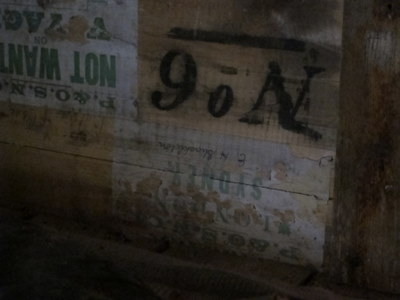
The first surgery in Antarctica, the removal of Aeneas Mackintosh’s right eye as result of an accident unloading the ship, was also performed here.
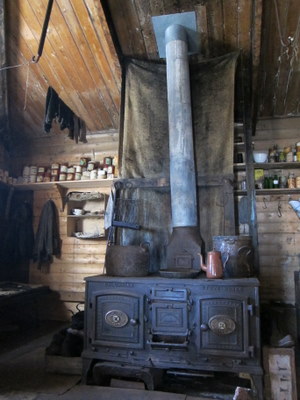
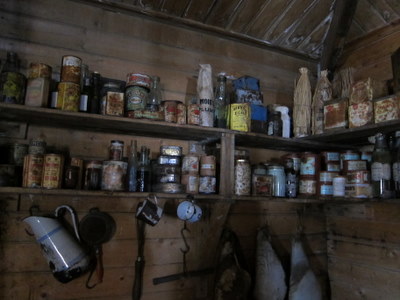
Lastly, the first motor vehicle was also brought here – an Arrol-Johnston motor car.
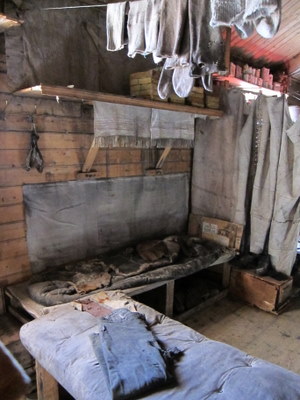
Later expeditions also used this hut but only briefly as it was further from the South Pole, the goal that was still not quite reached with Shackleton’s departure on March 4, 1909. Shackleton returned to this hut in 1917 – when the South Pole had been reached by first Amudsen and then Scott, and when Shackleton himself had drifted with his expedition for almost 2 years on the opposite site of Antarctica while half his group was close to here, without ship or supplies, laying depots for him in eager anticipation of his arrival over the trans-Antarctic mountains.
While a few humans have visited this area off and on for the past 100 years, thousand and thousand of penguins call it their home. In fact, the area right in front of Shackleton’s hut is the southernmost rookery from the 160 or so Adelie rookeries in Antarctica. About 2000 Adelie penguins make their home here and we were able to watch them for a bit.
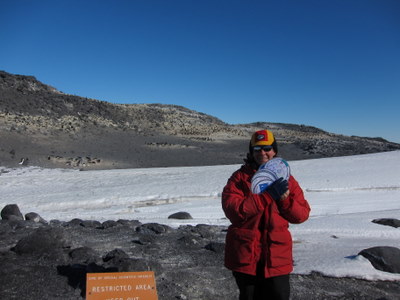
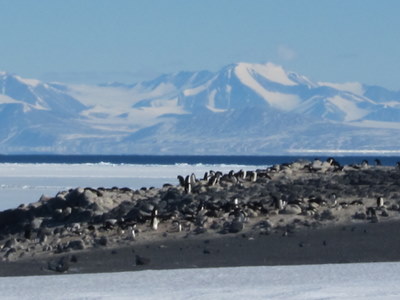
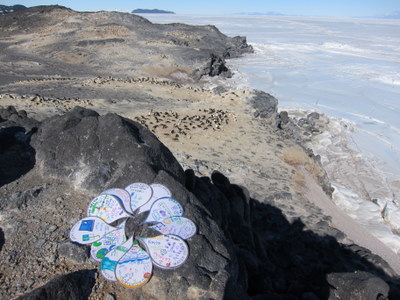
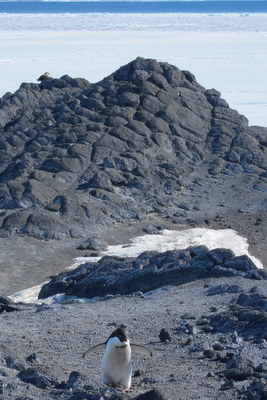
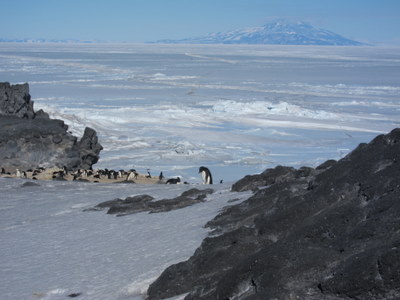
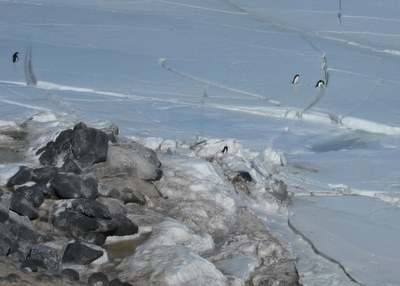
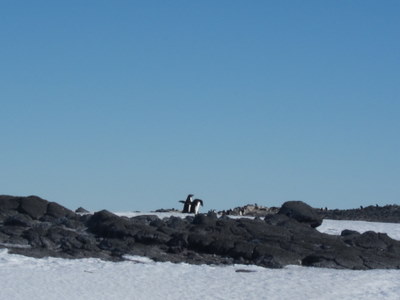
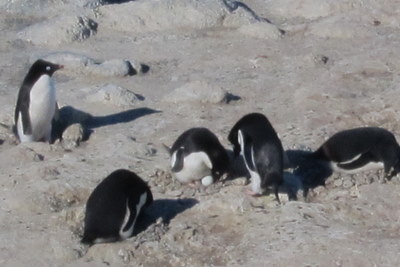
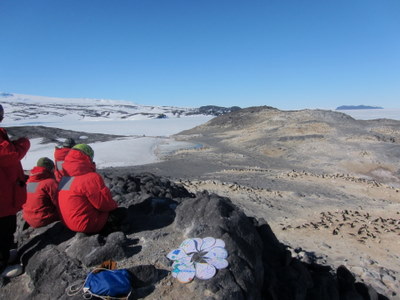
Check http://www.penguinscience.com/education/royds_nestcheck.php for more information about the penguins and their nests.
Today it's David, Jennifer, DJ, and Paul's turn to study the huts and the penguins. Stacy, Kamille, Kevin, and I will be heading to another area called Turtle Rock to find a crack for the divers to use to enter their magical underwater realm.


Comments